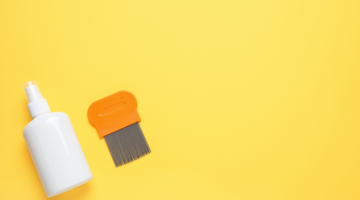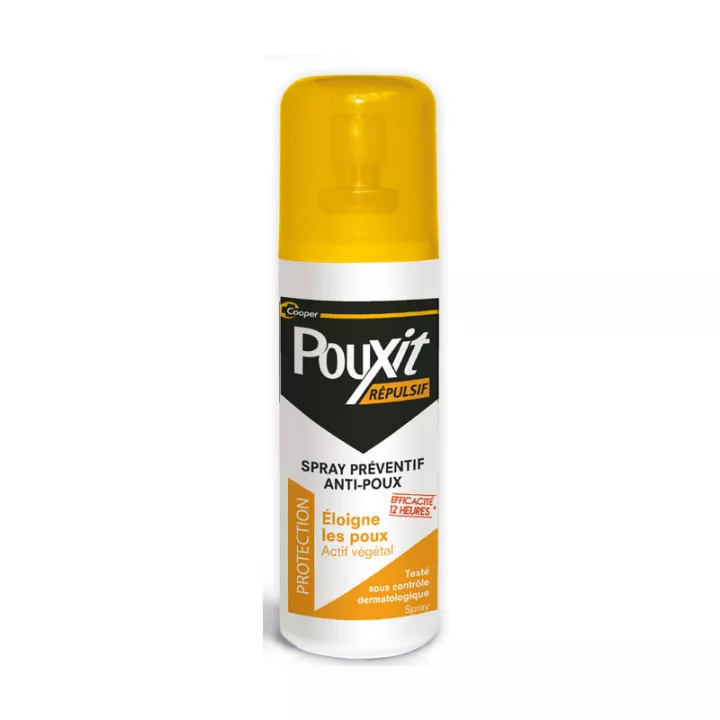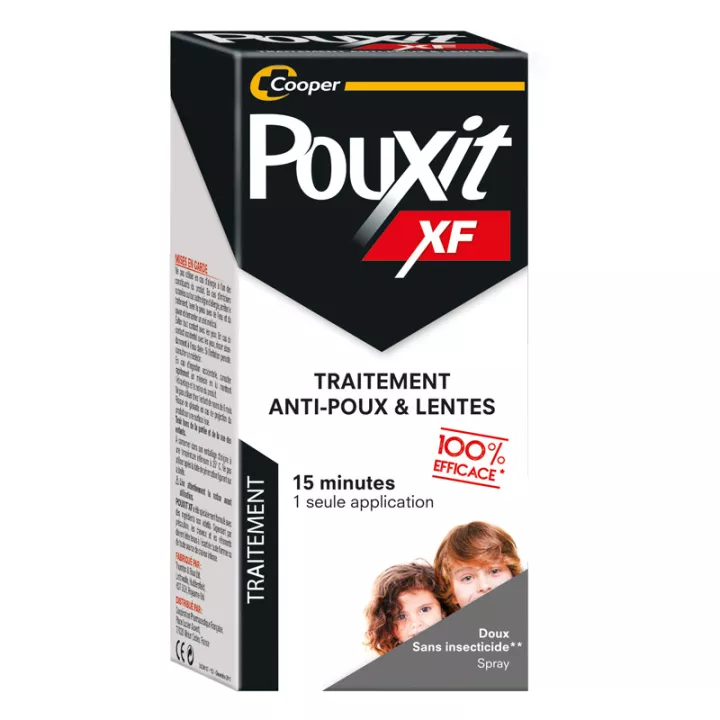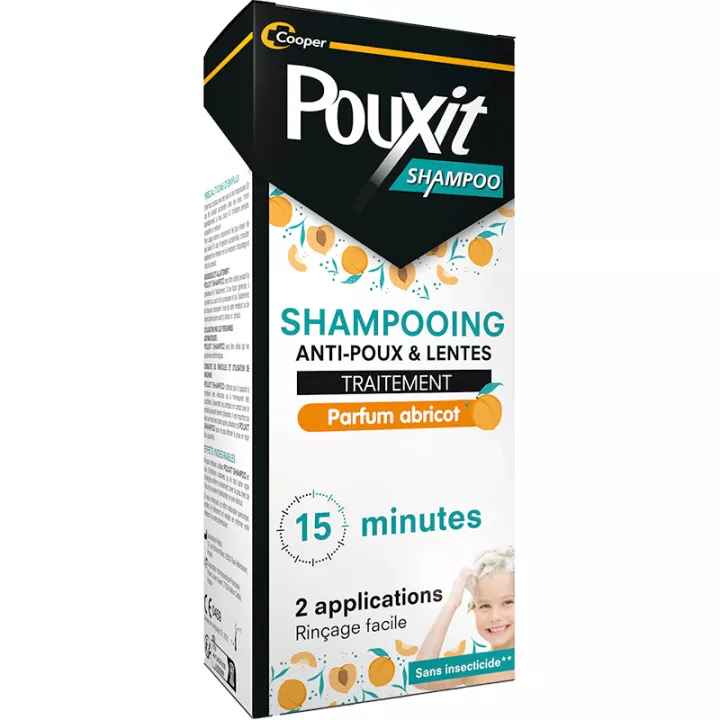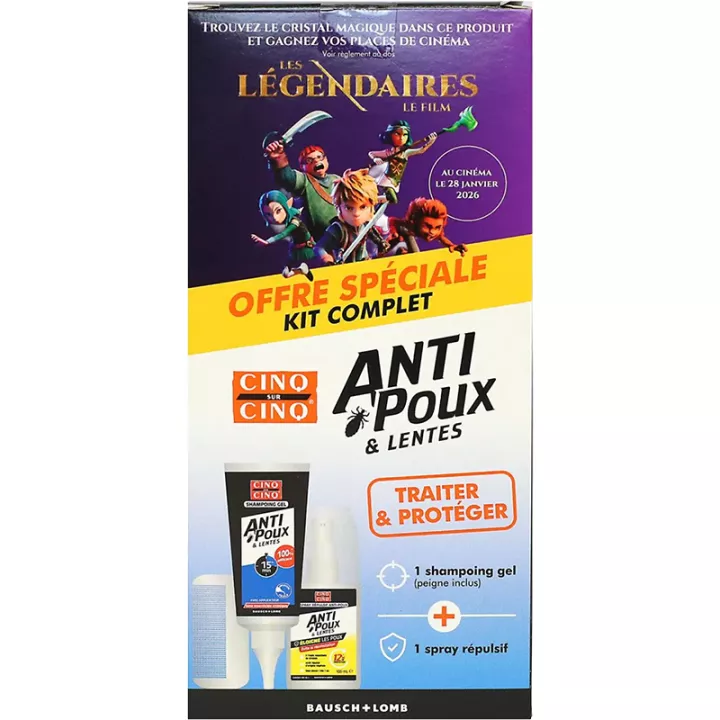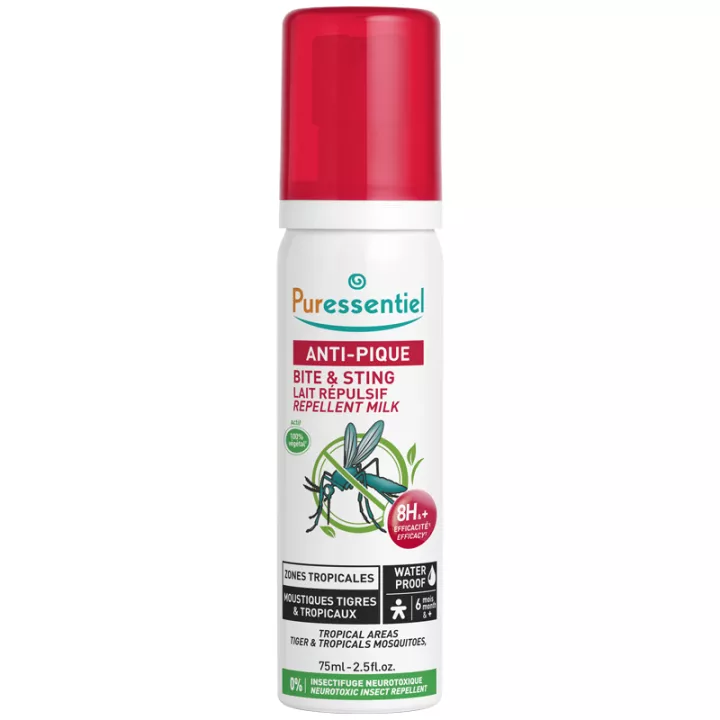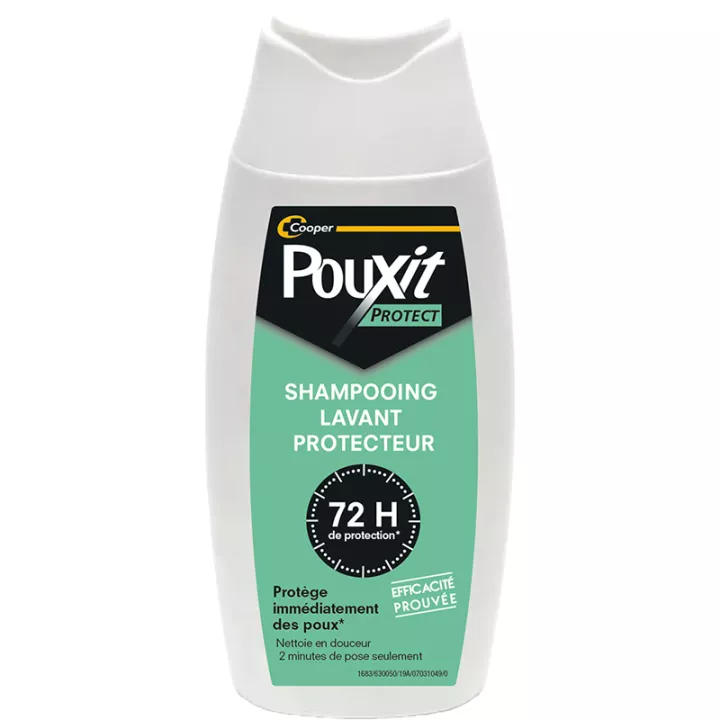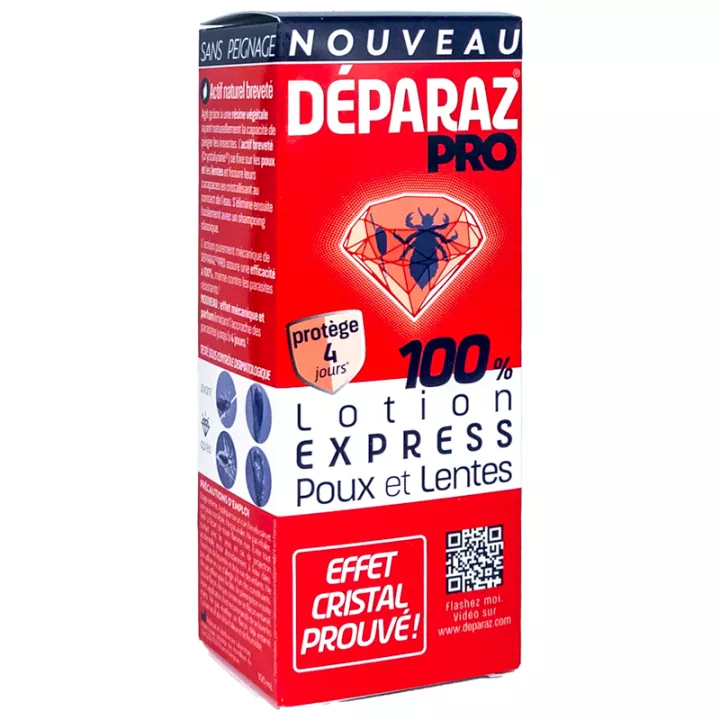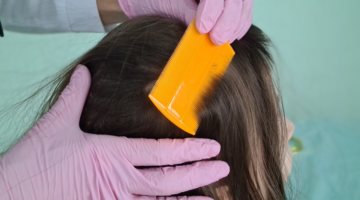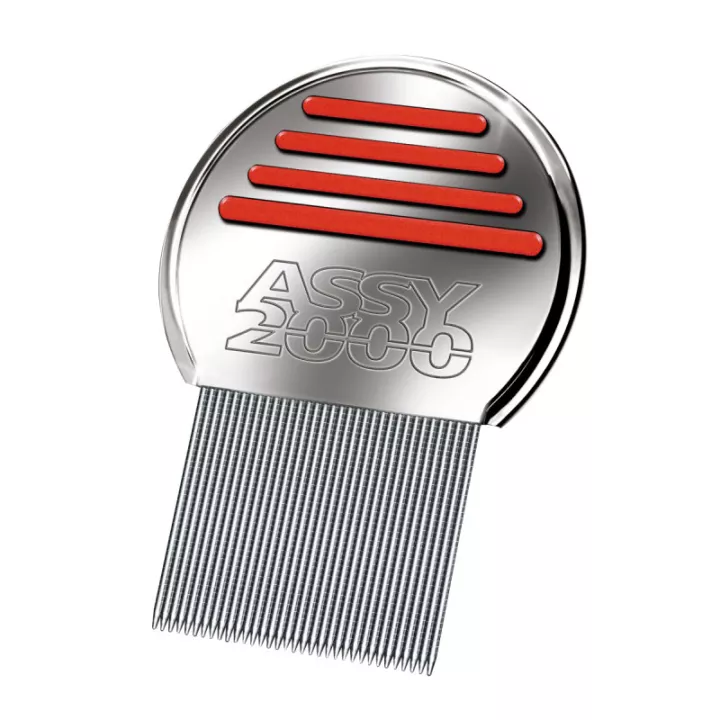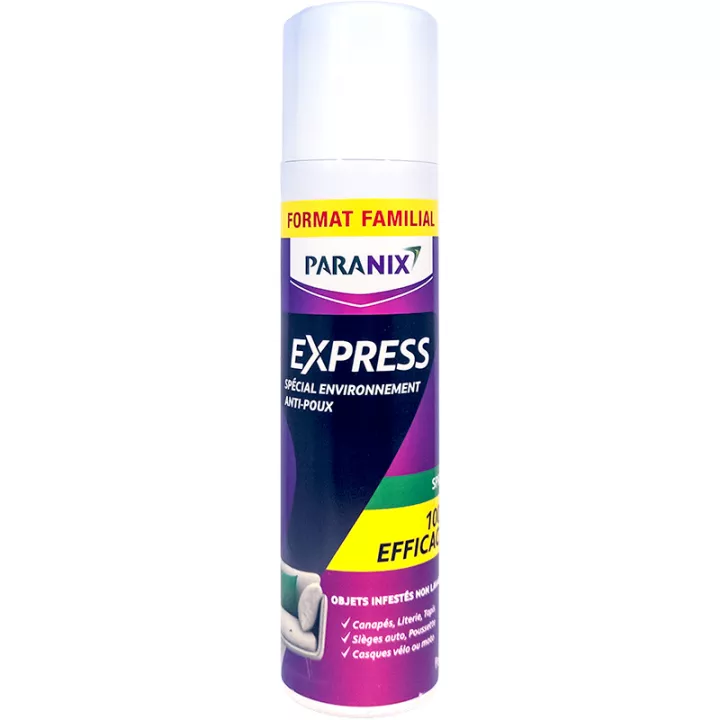What is Pouxit Spray Préventif Répulsif Anti-Poux used for?
Pouxit repulsive spray helps prevent head lice infestations or reinfestations of the scalp. It is recommended for adults and children aged 3 and over.
Pediculosis is the 2nd most frequent infection at school, after respiratory infections. Nearly 85% of schoolchildren are likely to catch head lice at least once during their school career.
Lice are present all year round, but with seasonal peaks linked to the start of life in a community. Often, one case is enough to trigger an epidemic.
Using a repellent prevents our children from being infested or reinfested by lice during epidemic periods.
Pouxit Répulsif Spray Préventif Anti Poux 75 ml is a lotion that prevents scalp infestations by lice (head lice) in adults and children over 3 years of age.
This repellent keeps lice at bay and reduces the risk of re-infestation. It's ideal during periods of head lice contamination at school, often seen at the start of the new school year.
It contains Citriodiol®, a naturally-derived repellent with proven efficacy.
Citriodiol is extracted from the Eucalyptus Citriodora (or Lemon Eucalyptus) plant. This naturally-occurring substance has been shown to repel a number of biting insects (lice, mosquitoes, ticks...).
We also offer POUXIT Spécial environnement Spray végétal 150ml, at the best price in our online pharmacy.
How do I use pouxit repul anti-lice spray?
Pouxit repulsif is used during lice epidemics (back-to-school, summer camps...) or when there's a risk of reinfestation.
- Spray the lotion 10-15cm from the hair.
- Apply Pouxit répulsif evenly and in sufficient quantity to the hair to cover the entire head, paying particular attention to sensitive areas such as the nape of the neck and around the ears.
- Leave to dry in the open air.
To combat lice infestations, it's essential to eliminate all stages of the insect's development - adults, larvae and eggs (nits) - to truly get rid of the problem.
Lice have no natural enemies, and a female louse can lay up to 10 nits a day, i.e. 300 nits during her adult life (see diagram opposite). Proliferation can thus be extremely rapid.
Lice can survive for up to 2 days outside the scalp. Lice can therefore be transmitted :
- Directly: from head to head (via the exchange of clothing: scarf, cap, etc.);
- indirectly: lice can survive for up to 36 hours outside the scalp. Lice can therefore be transmitted via household textiles (sofa, pillows, stuffed toys, car seats, etc.).
It's important not to let children scratch too often, as this could lead to lesions and, more seriously, a bacterial skin infection.
Give your opinion on the advice for use and dosage of Pouxit Répulsif Spray Préventif Anti Poux with our partner Verified opinions after your purchase.
What are the side effects and contraindications?
- For external use. Do not apply to damaged skin or mucous membranes. Do not spray towards the eyes.
- This product contains citronellol, which may trigger an allergic reaction.
- Flammable. Keep away from sources of ignition. Do not smoke.
- Keep out of reach of children.
- Irritating to eyes. Avoid contact with eyes. In case of contact with eyes, wash immediately and consult an ophthalmologist.
- Do not breathe vapours. Use only in well-ventilated areas.
- If swallowed, seek medical advice immediately and show packaging or label.
- Dispose of waste at a selective collection center.
What is the composition?
Active ingredient: citriodiol (CAS: 42822-86-6) 10% (v/v).
Presentation
Pouxit comes in a 75 ml spray.
Pharmacist's advice
As lice are difficult to see with the naked eye, they can be detected by the symptoms they cause. Indeed, the first time a child is infested with lice, severe itching usually appears 2 to 6 weeks after infection. Small red spots may also be visible. In the case of head lice, itching occurs both day and night, and the visible lesions caused by scratching are mainly located behind the ears, on the neck and nape of the neck.
How do you examine your child's hair?
- Make sure you have good lighting: as lice avoid light, they can be seen moving around with the naked eye. Nits, on the other hand, are immobile. You can use a magnifying glass to see them better.
- Wet hair before combing
- Be meticulous and methodical: first look for nits by separating the hair into small sections, going from one side of the head to the other. Look closely at the scalp. Nits are grayish-white, oval-shaped and firmly attached to the hair. Look first behind the ears, on the nape of the neck, then on the top of the head.
- Look for at least one live louse: If you find nits, there may be live lice. So continue your exploration with care.
